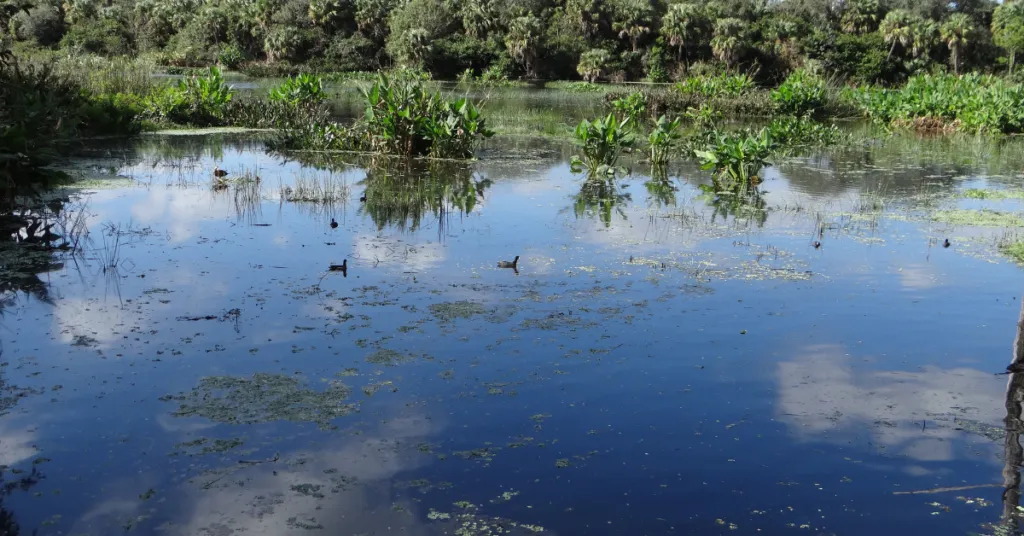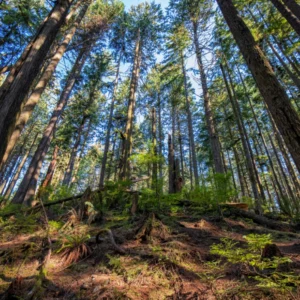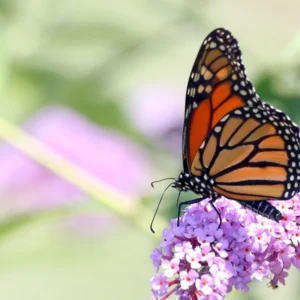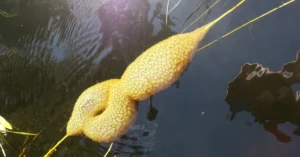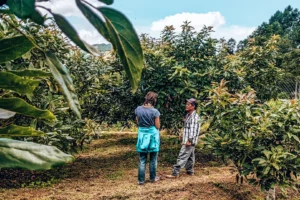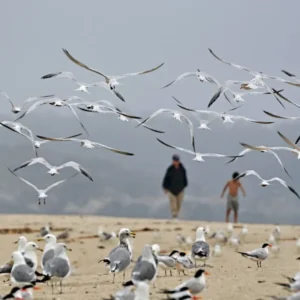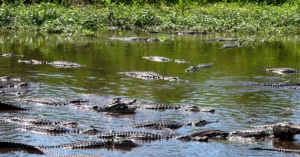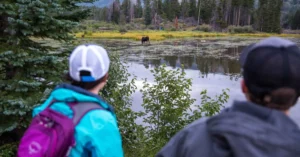Have you ever visited a wetland in Florida? It’s like a water wonderland full of interesting plants and animals. Florida has some really cool wetlands, and they are super important for nature. They help clean the water, give homes to animals, and even protect places from floods.
Today, I’m going to tell you all about these amazing places. We’ll talk about different areas like Big Cypress and Green Swamp. These spots are awesome for animals and plants that can’t live anywhere else.
We’ll also learn about the creatures that live there, like manatees and alligators, and what people are doing to keep these places safe. Plus, we’ll discover some challenges these wetlands face and how we can help.
So, grab your explorer’s hat, and let’s dive into the world of Florida’s wetlands. Are you ready? Let’s go!
Unique Ecosystems of Florida’s Wetlands
Now, let’s get to know some special spots in Florida. These aren’t just any places; they’re amazing wetlands that do a lot for our planet. From acting as natural water filters to being homes for unique wildlife, these areas are super important.
Are you ready to hear about what makes them so cool? Let’s dive in!
Big Cypress National Preserve
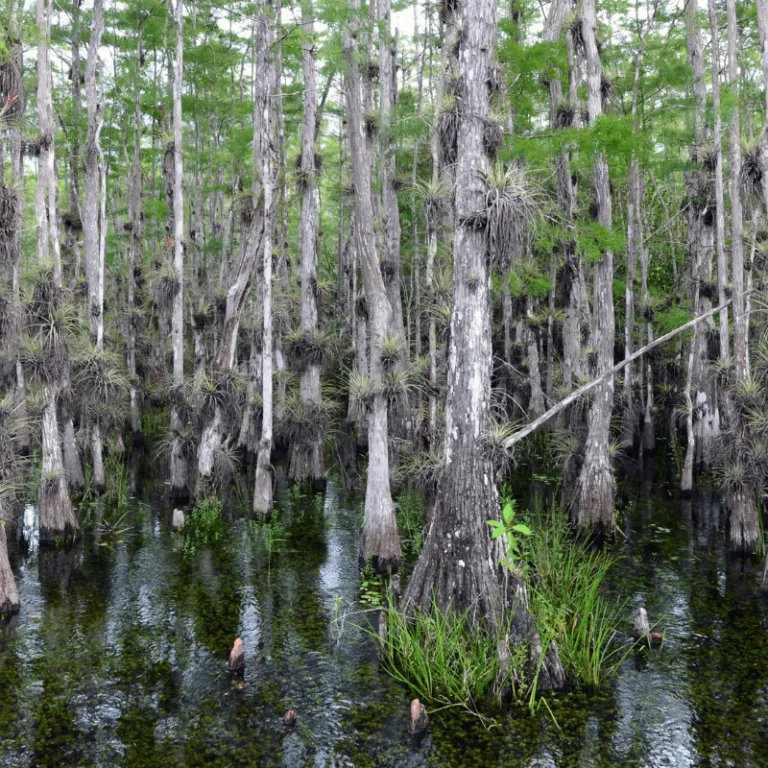
Big Cypress is a really big and special place in Florida. It’s super important because it helps keep the nearby Everglades wet. This is good because the Everglades need water to stay healthy. Big Cypress has lots of trees, water, and many different animals. It’s a place where nature is boss, and people come to learn about it and see its beauty. Let’s find out what makes Big Cypress so interesting:
- Home to Many Animals: This place is full of cool animals like the sneaky panther and the slow-moving manatee. You might also see birds like herons and eagles flying around.
- Great for Walking: There are loads of paths where you can walk and look at all the plants and animals. It’s a fun way to spend a day outside.
- A Place to Take Pictures: Big Cypress is very pretty, so many people bring their cameras to capture the beautiful scenes. Every corner has something special that you might want to remember.
- Helping Nature: There are people who work here just to make sure the park stays clean and safe for all the animals and plants. They help keep everything just right for nature to thrive.
Green Swamp
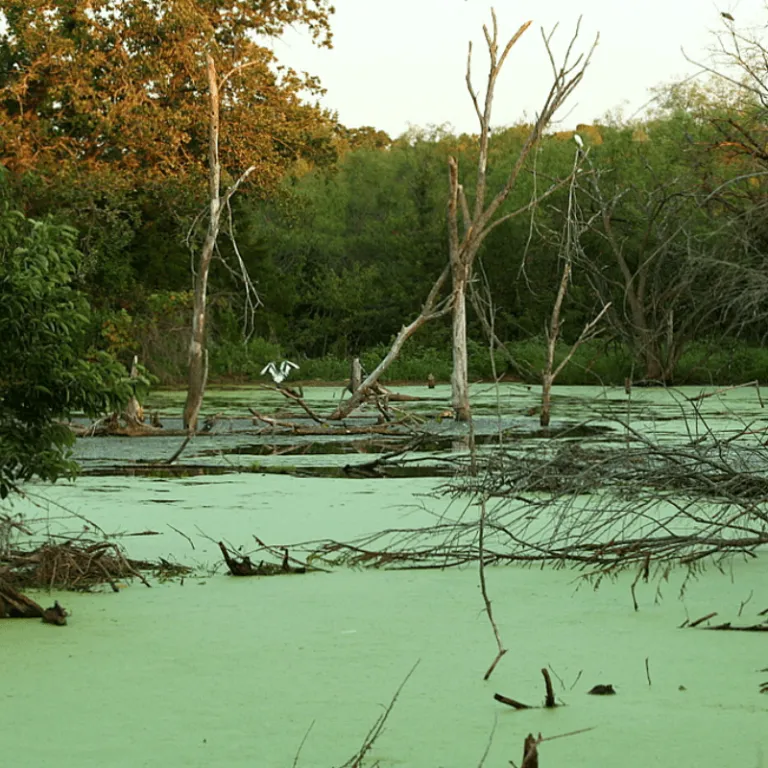
Green Swamp is more than just a wetland; it’s a crucial part of Florida’s natural plumbing system. This large area acts like a giant sponge, absorbing rainfall and slowly releasing it back into the environment. This process helps prevent floods and keeps the water supply steady and clean for millions of people and wildlife.
Green Swamp isn’t just about water; it’s a bustling hub of life where many plants and animals thrive. Let’s dive deeper into what makes Green Swamp an indispensable part of Florida’s ecosystem:
- Critical Water Source: The swamp plays a key role in filtering and supplying fresh water to rivers and lakes, helping maintain water quality for the entire region.
- Diverse Plant Kingdom: From tall cypress trees to delicate orchids, Green Swamp hosts a variety of plant species that create a rich, green tapestry.
- Wildlife Refuge: This swamp is a safe haven for many animals, including rare birds, deer, and the secretive bobcat, all of whom rely on its undisturbed habitats.
- Ongoing Preservation: Conservationists are actively working to protect and manage Green Swamp to ensure it continues to fulfill its vital ecological roles.
Everglades National Park
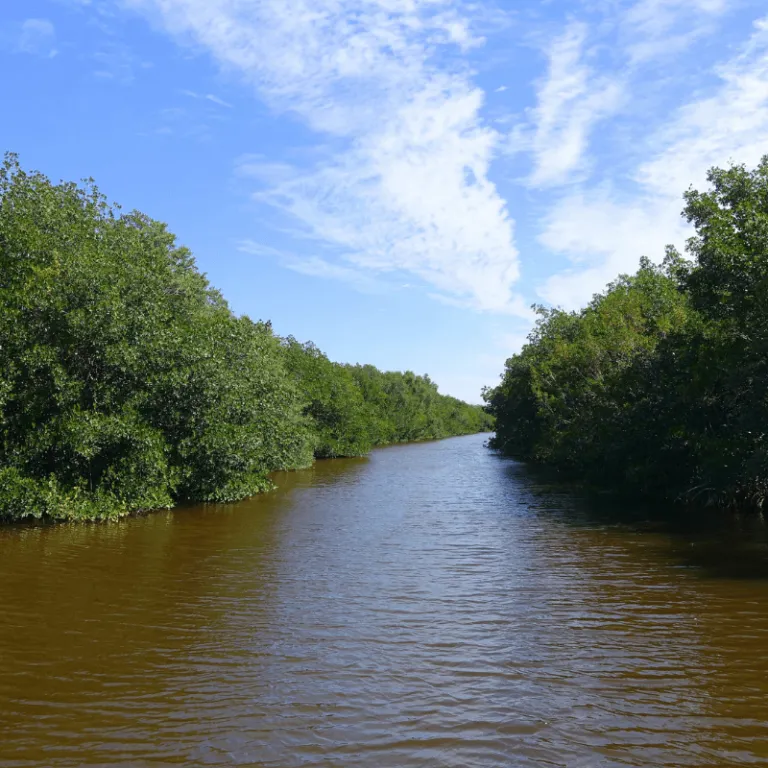
Everglades National Park is not just a park, it’s a vital part of Florida’s natural landscape. This massive area is known as the ‘River of Grass’ because of its slow-flowing waters and tall grasses. It’s a critical habitat for numerous species and plays a significant role in protecting the quality of the air and water.
The Everglades is unique because it’s one of the most diverse ecosystems in the world, hosting creatures and plants that don’t live anywhere else. Let’s find out what makes the Everglades so special:
- Global Importance: The Everglades is recognized around the world for its unique landscape and rich biodiversity. It’s not just a national park; it’s a World Heritage Site and an International Biosphere Reserve.
- Habitat for Rare Species: This park is the only place in the world where alligators and crocodiles coexist. It also provides a home for endangered species like the Florida panther and the manatee.
- Natural Filter: The wetlands filter pollutants from water, improving the water quality that flows into the ocean.
- Conservation Efforts: There are many projects in place to restore and protect the Everglades. These efforts help maintain its biodiversity and ensure the park remains a sanctuary for future generations.
Okefenokee Swamp
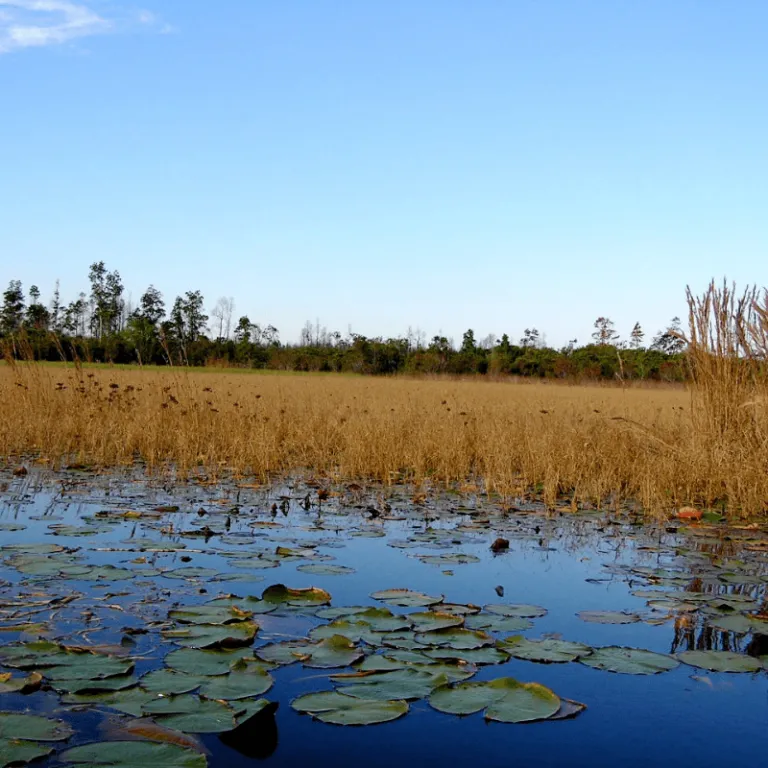
Okefenokee Swamp is a vast, mysterious expanse straddling the Georgia-Florida border. It’s one of the oldest and most pristine freshwater systems in America. This swamp is like a living museum, showcasing some of the most ancient landscapes and wildlife in the southeastern United States.
It’s dark waters and thick peat beds tell a story of thousands of years of ecological development. Here’s why Okefenokee is a critical piece of natural heritage:
- Ancient Waters: Okefenokee is a peat-filled wetland, its waterlogged soil preserving a history of over 6,500 years.
- Biodiversity Hotspot: This swamp supports an abundance of life, including over 400 species of animals like black bears, sandhill cranes, and numerous amphibians.
- Fire’s Role: Periodic wildfires play a natural role in regenerating its vegetation, crucial for maintaining the ecological balance.
- Environmental Education: Okefenokee is a natural classroom, offering educational programs and tours that help visitors understand the importance of wetland conservation.
Paynes Prairie Preserve State Park
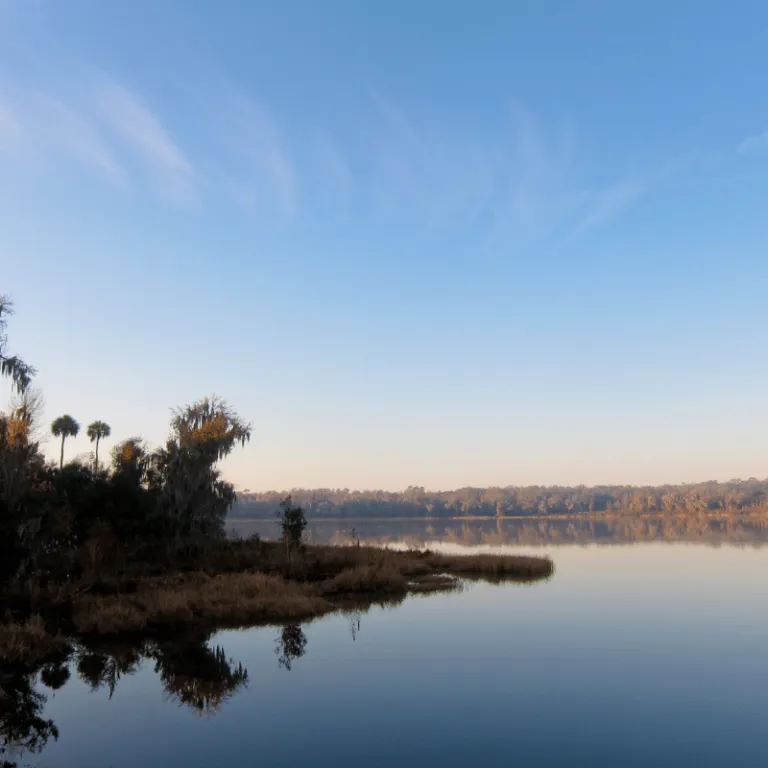
Paynes Prairie Preserve is a unique Florida State Park known for its expansive landscapes and dynamic ecosystem. This prairie is unusual because you can find both wetlands and dry areas here, making it a diverse habitat for a wide range of wildlife.
It’s like a patchwork of nature, where you might see herds of wild horses and bison roaming free. Paynes Prairie is an exceptional example of nature’s versatility and resilience. Let’s look at what makes this prairie so intriguing:
- Ecological Diversity: The park includes both marshes and prairies, supporting environments that range from wet to dry.
- Wildlife Haven: It’s home to an array of animals including bison, horses, alligators, and over 270 species of birds.
- Historical Significance: Once a cattle ranch, it’s now a natural preserve that offers a glimpse into Florida’s natural and cultural history.
- Recreational Opportunities: With activities like hiking, bird watching, and horseback riding, Paynes Prairie is perfect for outdoor enthusiasts looking to connect with nature.
Species Inhabiting Florida’s Wetlands
Florida’s wetlands are bustling with life, hosting creatures that are as interesting as they are important. From gators to graceful birds, these areas are full of surprises. In this section, we’ll meet some of the amazing animals that call the wetlands their home. Get ready to learn about these special species!
American Alligator

The American alligator is a true survivor, thriving in Florida’s wetlands for centuries. These powerful reptiles are key to maintaining the ecological balance, serving as both predators and creators of habitats for other species.
Alligators are fascinating not just for their strength and size but also for their complex behaviors and social interactions. Discover why the American alligator is so important to Florida’s wetlands.
- Apex Predator: Alligators help control the population of smaller creatures, which keeps the ecosystem balanced.
- Habitat Engineers: Their nesting activities help shape the wetlands, creating homes for many other species.
- Conservation Success: Once on the brink of extinction, successful conservation efforts have now made alligator populations stable.
- Cultural Icon: The alligator is an emblem of the wild aspects of Florida, appearing in folklore, sports mascots, and more.
Roseate Spoonbill
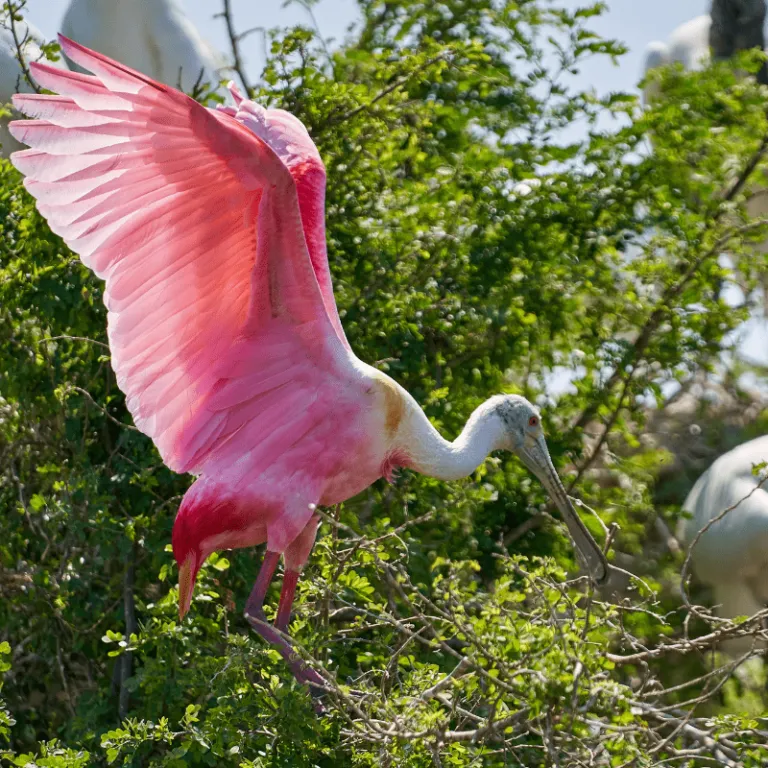
The Roseate Spoonbill stands out in the Florida wetlands with its vibrant pink feathers and unique spoon-shaped bill. This striking bird is not just a treat for the eyes; it’s a vital part of the ecosystem. Spoonbills feed on small fish and crustaceans, which helps keep these populations in check.
Their presence indicates a healthy environment, as they thrive in clean, unpolluted waters. Learn more about the role of the Roseate Spoonbill in maintaining wetland health.
- Colorful Feeder: Spoonbills use their bill to sift through mud, catching food in shallow waters.
- Indicator Species: Their health reflects the overall condition of the wetland, serving as a marker for environmental quality.
- Nesting Behavior: They build large nests in trees or shrubs, often in colonies with other waterbirds.
- Threats and Conservation: Despite their resilience, habitat loss and water pollution pose risks, highlighting the need for ongoing conservation efforts.
Manatee
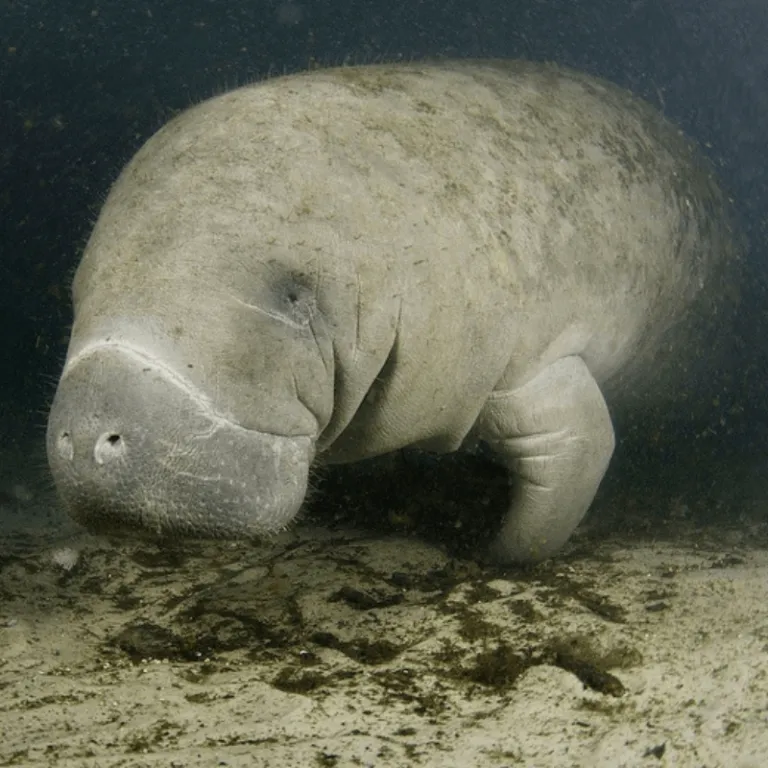
Manatees, often called sea cows, are gentle giants that glide through the warm waters of Florida’s wetlands. These large, peaceful creatures are crucial for maintaining the aquatic ecosystem. They feed on vast amounts of vegetation, which helps keep waterways clear and prevents overgrowth.
Manatees are also a favorite among wildlife watchers, symbolizing the serene beauty of natural Florida. Let’s dive deeper into the life of the manatee and its role in the ecosystem.
- Gentle Grazers: Manatees consume up to 10% of their body weight daily in aquatic plants, promoting healthy water flow and clarity.
- Endangered Species: Despite their size, manatees are vulnerable to boat strikes and habitat loss, highlighting the importance of protective measures.
- Thermal Regulation: Manatees seek warm waters during colder months, often gathering in natural springs or near power plant outflows.
- Conservation Success: Efforts such as speed zone enforcement and habitat restoration have helped improve manatee populations, but challenges remain.
Wood Stork

The Wood Stork is a tall, wading bird with a distinctive bald head and long legs, making it a striking figure in Florida’s wetlands. As one of North America’s largest native birds, it plays an essential role in the wetland ecosystem.
Wood Storks are excellent indicators of water quality and the overall health of the wetland areas. They rely on the perfect balance of wet and dry conditions to breed and feed. Discover the importance of this remarkable bird to Florida’s habitats.
- Efficient Foragers: Wood Storks feed in shallow waters, using their sensitive bills to catch fish quickly.
- Nesting Communities: They build large stick nests in trees and are often found nesting in colonies with other wading birds.
- Environmental Indicators: The success of their breeding seasons is closely linked to the wetland water levels, reflecting environmental changes.
- Conservation Challenges: Wood Storks face threats from habitat loss due to wetland drainage and development, emphasizing the need for continued conservation efforts.
Florida Panther
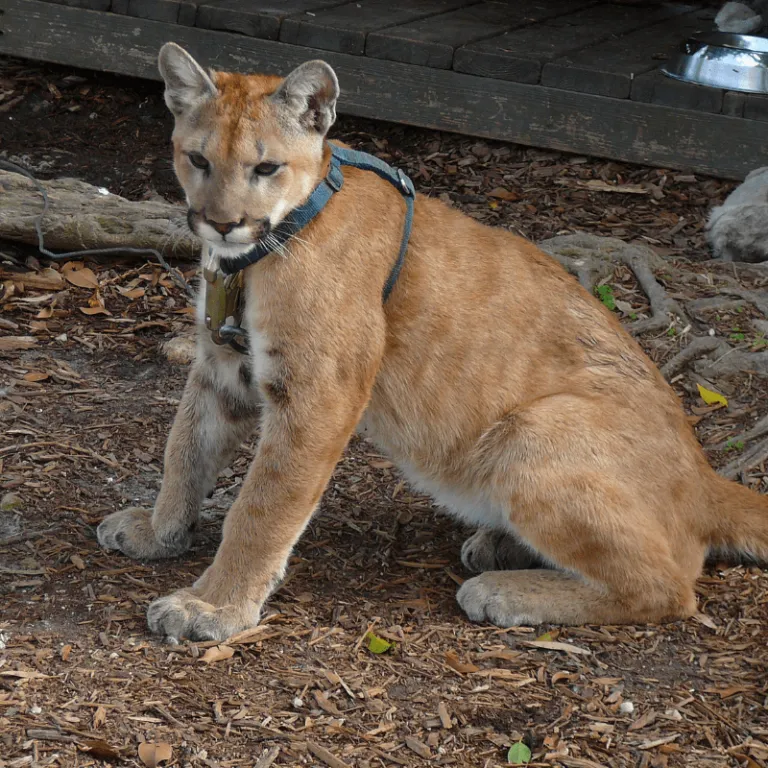
The Florida Panther is a majestic and elusive symbol of Florida’s rich biodiversity. Roaming the dense swamps and forests, these panthers are more than just apex predators; they are vital to maintaining the ecological balance of their habitats.
As one of the most endangered mammals in the United States, their presence tells a story of survival and the challenges of conservation. Delve into the fascinating world of the Florida Panther and discover why protecting this species is crucial for the health of Florida’s ecosystems.
- Rare Predator: Panthers are top predators, helping to maintain healthy animal populations by controlling prey numbers.
- Endangered Status: With only about 200 left in the wild, they are one of the most endangered mammals in the United States.
- Habitat Conservation: Protecting their living spaces is crucial. Efforts focus on preserving large areas of their natural habitats.
- Human-Wildlife Coexistence: Programs are in place to promote peaceful coexistence between panthers and local communities.
Conservation of Florida Wetlands
Florida’s wetlands are treasure troves of biodiversity, but they face numerous threats. In this section, we’ll explore how conservationists are stepping up to protect these vital environments. From restoring habitats to enacting laws, learn about the efforts that help preserve the unique character and crucial functions of Florida’s wetlands.
Habitat Restoration Projects
Restoring habitats is fundamental to conserving Florida’s wetlands. This involves meticulous efforts to bring back native plants and reestablish natural water flow patterns, crucial for the health of these ecosystems. Here’s a closer look at these initiatives:
- Plant Reintroduction: Replanting native vegetation helps restore the ecological balance and supports local wildlife.
- Water Flow Revitalization: Projects aimed at returning water flow to its natural state enhance habitat quality and resilience.
- Erosion Control: Implementing measures to prevent erosion is vital for maintaining soil health and water clarity.
- Collaborative Efforts: Engaging local communities, governments, and environmental organizations in restoration activities ensures a unified approach.
Protective Legislation
Legal measures play a crucial role in safeguarding Florida’s wetlands from the pressures of overdevelopment. Enacting and enforcing laws and regulations ensures these vital habitats are preserved for future generations. Here’s a snapshot of how protective legislation supports wetland conservation:
- Development Restrictions: Laws limit construction and land use in sensitive wetland areas.
- Water Quality Standards: Regulations enforce strict pollution controls to maintain clean water in the wetlands.
- Wildlife Protection: Specific statutes protect endangered species and their habitats from harmful activities.
- Public Land Management: Legislation helps manage public lands to prioritize conservation and sustainable use.
Public Awareness Campaigns
Educating the public about the value and needs of Florida’s wetlands is essential for their long-term preservation. Through various campaigns, organizations aim to raise awareness and inspire community involvement. Here’s how these efforts are making a difference:
- Educational Programs: Workshops and school programs teach about wetland ecosystems and their importance.
- Media Campaigns: Use of social media, advertisements, and public service announcements to spread conservation messages.
- Community Events: Hosting clean-up days, guided tours, and wildlife spotting events to engage the public directly.
- Partnerships with Businesses: Collaborating with local businesses to promote sustainable practices and support wetland conservation.
Partnerships Between Agencies
Effective conservation of Florida’s wetlands often requires collaborations across various levels. State, federal, and private organizations join forces to fund and implement comprehensive strategies that protect these vital ecosystems. Here’s a look at how these partnerships work:
- Funding Initiatives: Joint funding programs support large-scale restoration and conservation projects.
- Research Collaborations: Agencies combine resources to conduct in-depth studies on wetland health and the effects of conservation measures.
- Shared Expertise: Pooling expertise from different fields leads to more innovative and effective conservation solutions.
- Unified Policy Making: Collaborations help streamline conservation policies, making them more effective and far-reaching.
Wildlife Monitoring Programs
Ongoing research and monitoring are vital to understanding and preserving the health of Florida’s wetlands and their inhabitants. These programs provide essential data that guide conservation efforts and policies. Here’s how wildlife monitoring contributes to wetland conservation:
- Species Health Tracking: Regular surveys assess the population and health of wildlife, detecting any changes that could indicate ecological shifts or threats.
- Habitat Condition Assessments: Monitoring the physical and chemical conditions of wetland habitats helps evaluate the effectiveness of restoration projects.
- Biodiversity Studies: Research on the variety of species and their interactions provides insights into the overall ecosystem health.
- Feedback for Policy Adjustments: Data collected from monitoring activities inform policymakers, helping refine conservation strategies for better results.
Challenges Facing Florida’s Wetlands
- Climate Change: Rising sea levels and temperature changes affect water quality. They also disrupt the habitats of many species. This threatens the balance of wetland ecosystems.
- Pollution: Runoff from farms and cities leads to water contamination. This pollution harms aquatic life and affects water quality for wildlife and humans.
- Invasive Species: Non-native plants and animals disrupt wetland ecosystems. They outcompete native species, leading to less biodiversity and altered habitats.
- Water Management Conflicts: There are competing needs for water. Human demands for agricultural, industrial, and residential water use often clash with the needs of natural habitats.
- Urban Expansion: Cities and towns expand, often at the cost of wetlands. This expansion can lead to a loss of biodiversity. It also reduces the wetlands’ ability to manage floods and filter water.
Final Thoughts
As we’ve seen, Florida’s wetlands are not only beautiful but also essential to both ecological balance and human well-being. Despite the significant challenges they face, the ongoing conservation efforts and the collaboration between various organizations provide hope.
It’s crucial that we continue these efforts and increase awareness to ensure these vital ecosystems thrive. Protecting Florida’s wetlands is not just an environmental responsibility—it’s a necessity for maintaining biodiversity and the natural services these areas provide.

